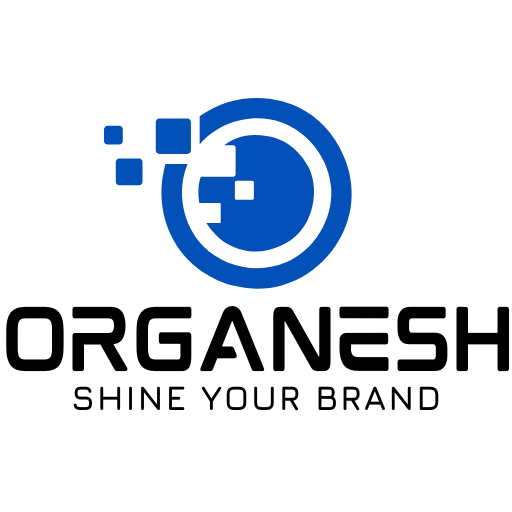When you create a PayPal account, it's crucial that you know what you'll need. PayPal offers two main forms of accounts: Personal and Business. A Personal account is great for online shopping, sending or receiving money from friends and family, and casual selling. A Business account is more suitable for merchants or freelancers who need to accept payments under a small business name. To begin with, you'll require a valid current email address, a cellular phone number, and personal identification (such as your name and address). Optionally, but strongly recommended, it's also wise to have a debit or bank card and/or a bank-account prepared to url to your PayPal account for full functionality
To sign up, go to the official PayPal website or download the PayPal mobile app. Click ""Sign Up"" and choose between a Personal or Business account. Enter your email address, create a strong password, and provide basic personal information like your complete name, date of birth, and address. From then on, you will need to consent to PayPal's user agreement and privacy policy. PayPal might also ask one to verify your current email address straight away by sending a confirmation url to your inbox. When you click that link, your PayPal account will soon be created, and you are able to begin configuring it for use
Once your account is done, you'll be prompted to link a bank card, charge card, or bank account. Linking a card allows you to make payments online and verify your identity, while linking a bank account lets you withdraw funds from PayPal to your local bank. To link a card, you'll need the card number, expiration date, and CVV code. To link a bank, you typically enter your account number and routing code (or similar details depending on your country). PayPal could make a small deposit or withdrawal to verify the account—just confirm the actual amount when prompted, and your payment method is likely to be verified
To unlock all features and avoid limitations on your own PayPal account, it's essential to accomplish the verification process. This often includes confirming your linked email, verifying your contact number, and sometimes uploading proof of identity (like a government-issued ID or utility bill). Verifying your payment method also plays a part in account security. Additionally, PayPal offers two-factor authentication (2FA), which adds another layer of protection by requiring a protection code every time you log in. Taking time and energy to secure your account helps protect your money and personal information from fraud or unauthorized access
After setup and verification, your PayPal account is preparing to use. With a Personal account, you can shop online, send money to friends, or receive funds for private sales. If you plumped for a Business account, you are able to invoice clients, integrate PayPal with e-how to create PayPal account platforms, and accept credit/debit card payments. All transactions are tracked within your PayPal dashboard, where you can view balances, manage disputes, or request withdrawals to your bank. PayPal is widely accepted all over the world, and deploying it makes digital payments fast, secure, and convenient. Whether you're shopping or doing business, your PayPal account acts as a dependable digital wallet
To sign up, go to the official PayPal website or download the PayPal mobile app. Click ""Sign Up"" and choose between a Personal or Business account. Enter your email address, create a strong password, and provide basic personal information like your complete name, date of birth, and address. From then on, you will need to consent to PayPal's user agreement and privacy policy. PayPal might also ask one to verify your current email address straight away by sending a confirmation url to your inbox. When you click that link, your PayPal account will soon be created, and you are able to begin configuring it for use
Once your account is done, you'll be prompted to link a bank card, charge card, or bank account. Linking a card allows you to make payments online and verify your identity, while linking a bank account lets you withdraw funds from PayPal to your local bank. To link a card, you'll need the card number, expiration date, and CVV code. To link a bank, you typically enter your account number and routing code (or similar details depending on your country). PayPal could make a small deposit or withdrawal to verify the account—just confirm the actual amount when prompted, and your payment method is likely to be verified
To unlock all features and avoid limitations on your own PayPal account, it's essential to accomplish the verification process. This often includes confirming your linked email, verifying your contact number, and sometimes uploading proof of identity (like a government-issued ID or utility bill). Verifying your payment method also plays a part in account security. Additionally, PayPal offers two-factor authentication (2FA), which adds another layer of protection by requiring a protection code every time you log in. Taking time and energy to secure your account helps protect your money and personal information from fraud or unauthorized access
After setup and verification, your PayPal account is preparing to use. With a Personal account, you can shop online, send money to friends, or receive funds for private sales. If you plumped for a Business account, you are able to invoice clients, integrate PayPal with e-how to create PayPal account platforms, and accept credit/debit card payments. All transactions are tracked within your PayPal dashboard, where you can view balances, manage disputes, or request withdrawals to your bank. PayPal is widely accepted all over the world, and deploying it makes digital payments fast, secure, and convenient. Whether you're shopping or doing business, your PayPal account acts as a dependable digital wallet
